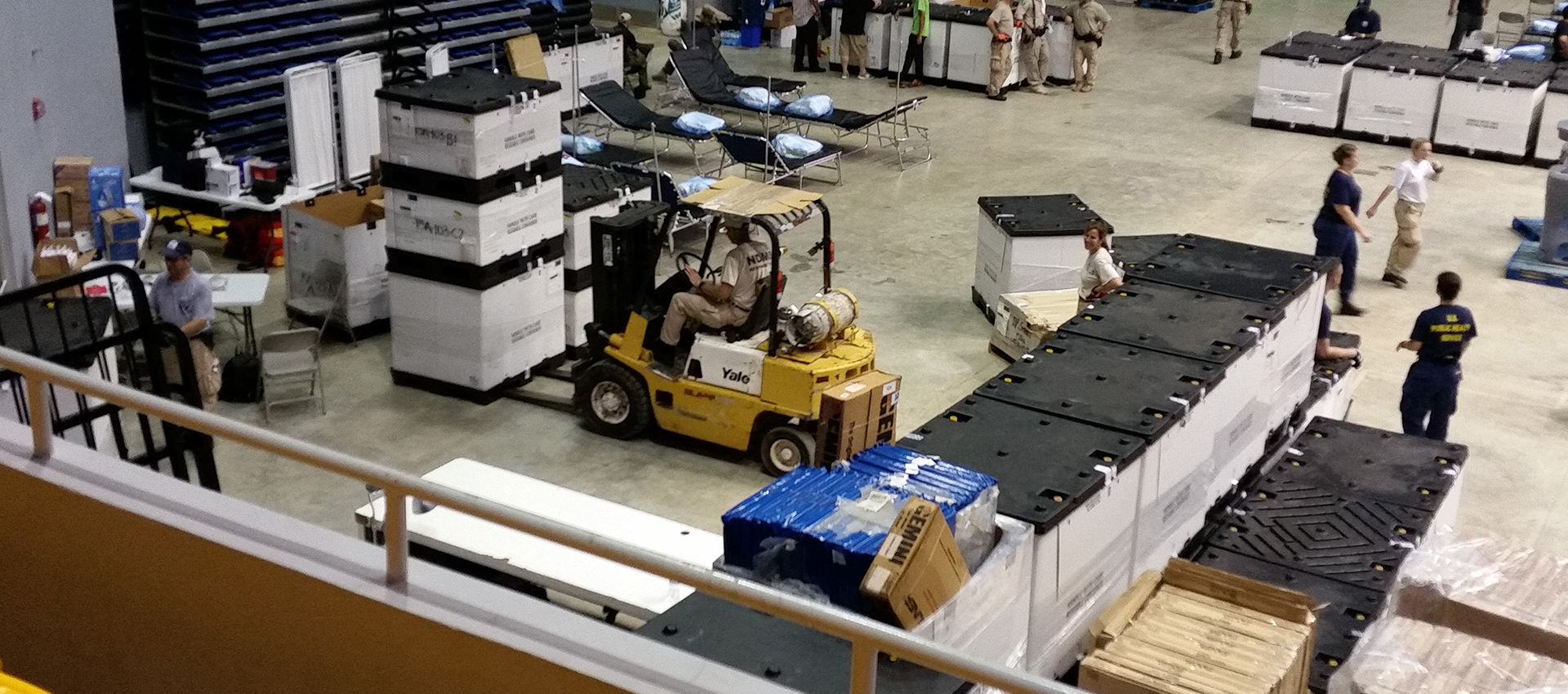Latest Manufacturing Trends to Reduce Employee Turnover
With the pandemic and overall shortages, an expected manufacturing industry outcome is increased output and increased labor shortages.
According to NAM, there have been record numbers of unfilled jobs and an estimated shortfall of 2.1 million jobs in the manufacturing industry by 2030. The cost of these missing jobs is up to $1 trillion, and finding the right talent is 36% more challenging compared to 2018. Also, 77% of manufacturing companies have ongoing attraction and retention employment issues.
How can manufacturing companies combat these employment issues?
- Lower Employee Turnover with New Hire Deployment System
According to an article, one way to lower turnover is to increase the importance within HR of attracting and retaining manufacturing employees. With older workers retiring and automation within the manufacturing industry creating new positions and skill requirements, HR must change its strategy to attract and retain employees.
At Kapco, they rebuilt their hiring and employee development system by the following means:
This new process lasts for about 24-36 months, and new manufacturing employees are shown how they can enhance their skills over time and increase their compensation over the long term. There is also a buddy system in place where new hires are paired with more skilled employees to quicken the assimilation process. According to Jennifer Wenger, senior director of talent and organizational development, Kapco focuses on the attitudes, and what new hires bring day-to-day versus what they know in metal stamping and manufacturing.
This has resulted in lower turnover and increased engagement and communication within the company.
2. Manufacturing Employee Engagement Via Education
According to Beekeeper, continuing employee education beyond the onboarding process is one of the most significant factors in retaining manufacturing staff, especially younger employees. Also, 69 percent of staff under 25 stay with current employers because of training and development and 65 percent stay because of career opportunities.
By offering continuous education, manufacturing companies can retain their staff long-term and improve employee retention.
3. Improve the Health and Safety of Manufacturing Employees’ Work Environment
A primary concern of manufacturing companies experiencing rising output is potentially losing an employee or multiple employees to illness. According to the Bureau of Labor Statistics, 2.7 million nonfatal workplace injuries and illnesses were reported in 2020. In the manufacturing sector, the incidence rate for nonfatal workplace injuries reported in 2020 was 3.1%. With such a high amount of employee injury, changes need to be made to improve the health and safety of manufacturing employees.
Also, the following recommended guidelines such as:
- Improving the break rooms and common areas for social distancing, placing hand sanitizing stations and re-structuring the cleaning activities will help prevent any future outbreaks within the company.
- Adding more sick time leave and health monitoring programs benefits employees and employers.
Are you looking to reduce your manufacturing company’s turnover rate? Call us at 219.281.2459 to learn more about increasing manufacturing employee retention and getting the desired results you strive for annually.








